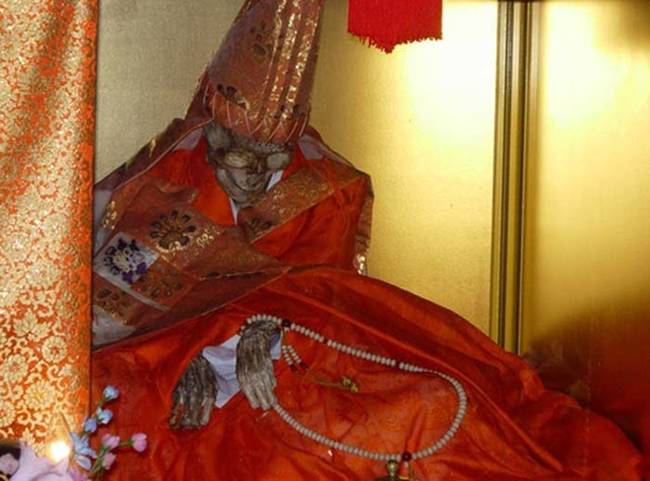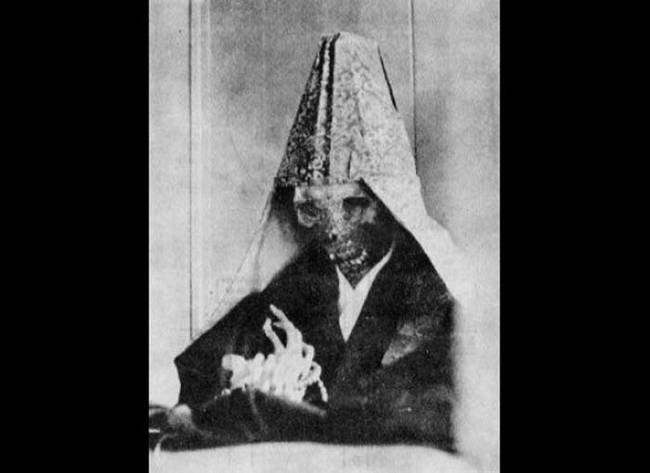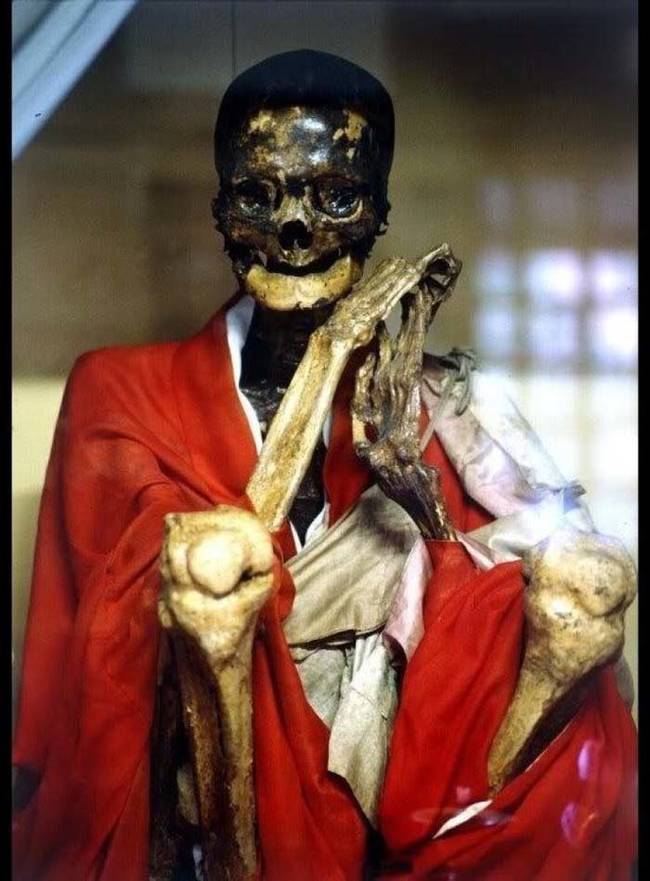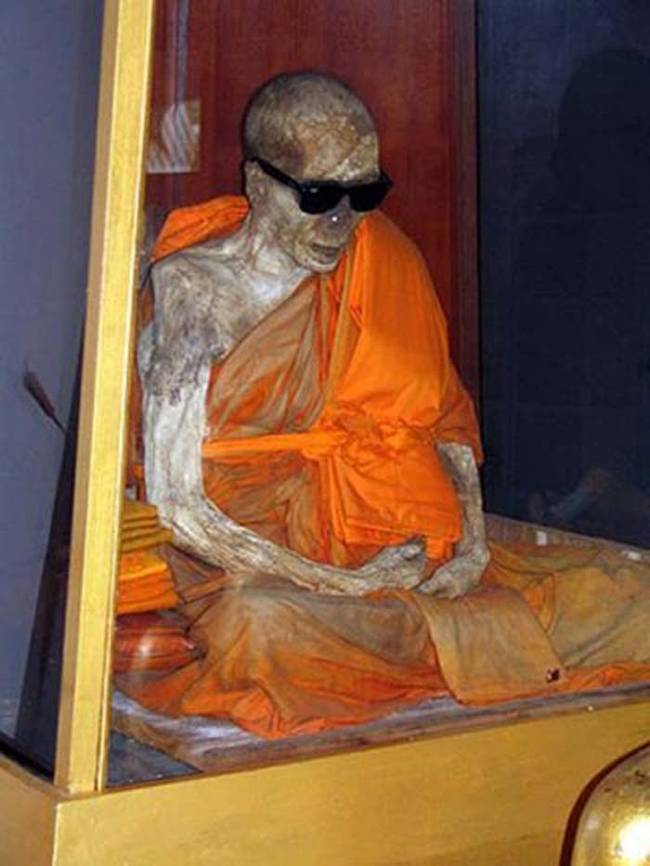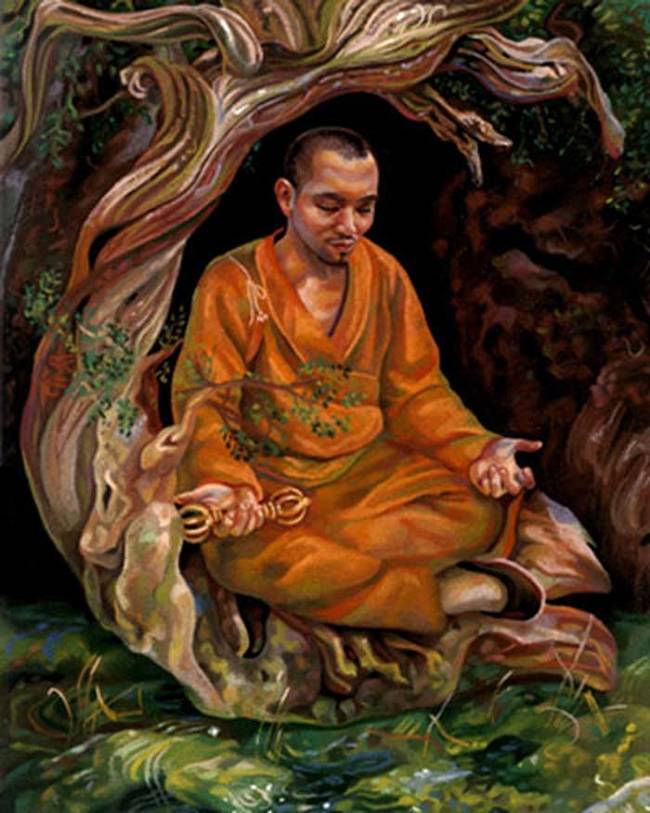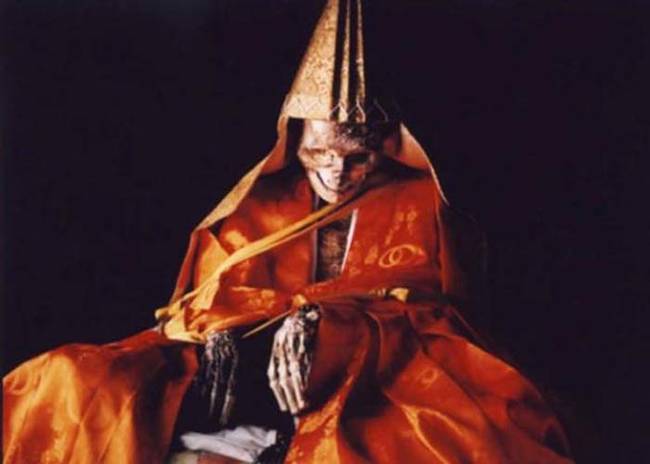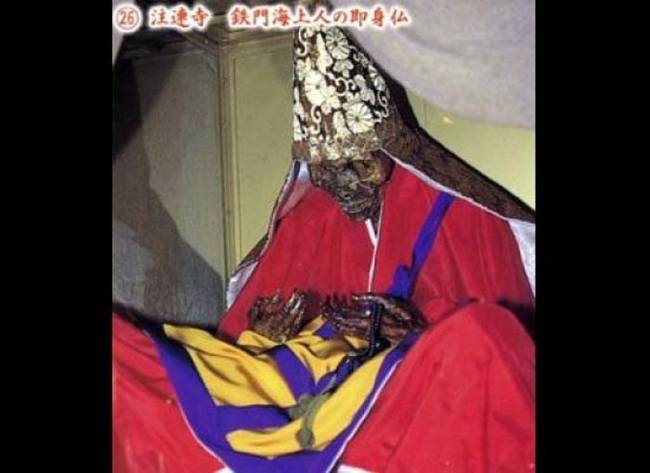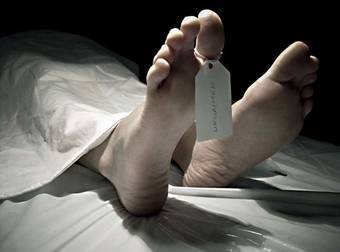It’s one thing to be mummified after you’re already dead. It’s another thing entirely to attempt to mummify yourself while you’re still alive. This so-called self-mummification was widely practiced in Japan over 1,000 years ago by Shingon monks.
Shingon was a religious sect founded by a man named Kukai. It combined elements of Buddhism, Old Shinto, and Taoism. Kukai’s death in 835 A.D. led to the development of sokushinbutsu, or self-mummification. It’s said that after Kukai died, his corpse was fully preserved, and even had healthy hair many years later.
This caused other monks to follow in his footsteps, but it wasn’t easy. To achieve sokushinbutsu, Shugendo monks had to undergo a rigorous and painful 6-year-long regime to prepare their bodies.
First, the monks would eat nothing but nuts, seeds, fruits, and berries for 1,000 days. During this time, they also engaged in extreme physical exercise. The goal at this stage was to strip their bodies of all fat.
For the next 1,000 days, the monks would only eat bark and roots.
The monks would drink a poisonous tea toward the end of this second phase. This tea would cause vomiting and loss of bodily fluids. It was also a preservative for the body, as it killed off maggots and bacteria that would make the body decay after death.
For the final stage, after 6 agonizing years of preparation, a monk would lock himself in a stone tomb, and meditate until he died. A small tube pumped oxygen into the tomb, and there was a bell that the monk would ring each day to let those outside know he was still alive.
Once the bell stopped ringing, the air tube was removed and the tomb was sealed. After 1,000 more days, the tomb was opened again to see if the monk was successful in his goal of achieving sokushinbutsu.
If the monk was successful, he was raised to the status of Buddha. His preserved body would then be removed, placed in a temple, and worshipped. If the monk was not successful, the tomb was resealed and the monk was respected for his efforts, but not worshipped.
Via: Ancient Origins
It’s believed that hundreds of monks attempted to mummify themselves until sokushinbutsu was banned in Japan in the 19th century. However, there are only 28 monks known to have done it successfully. You can still view their bodies in various temples across Japan.
